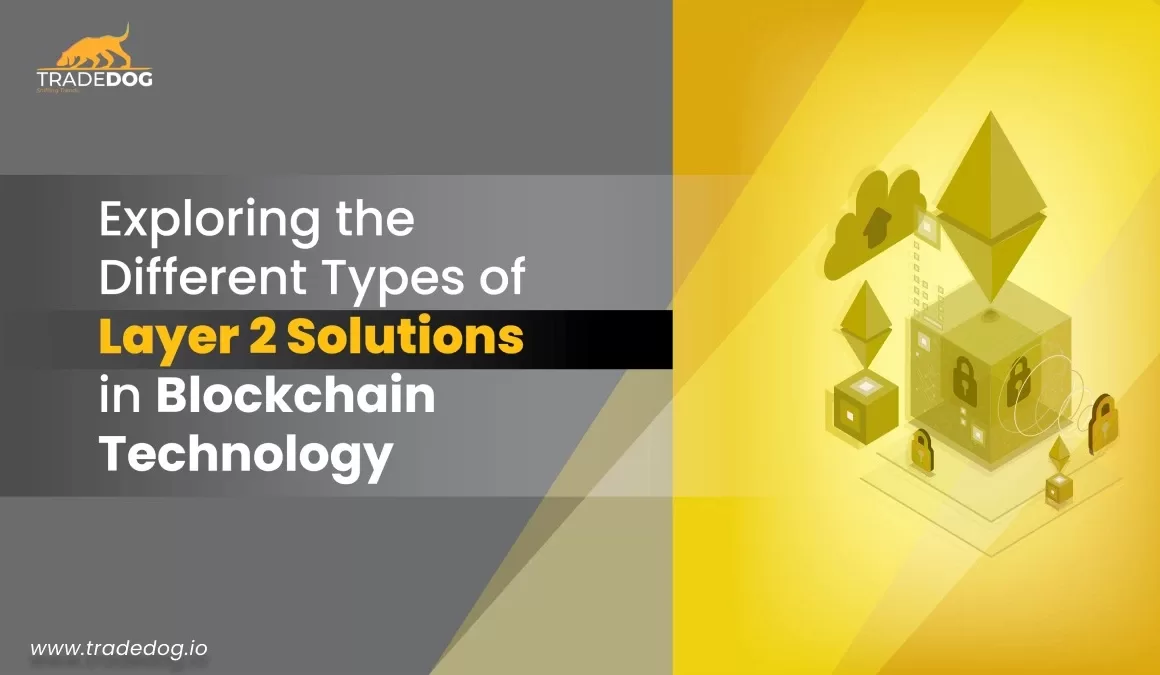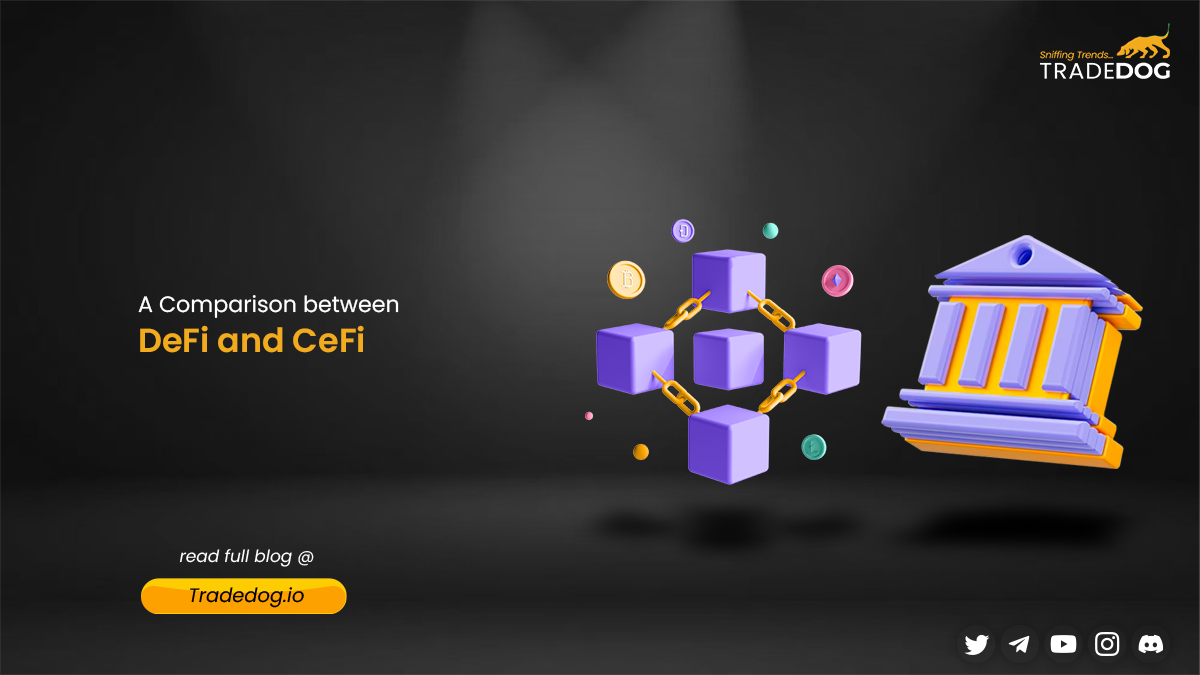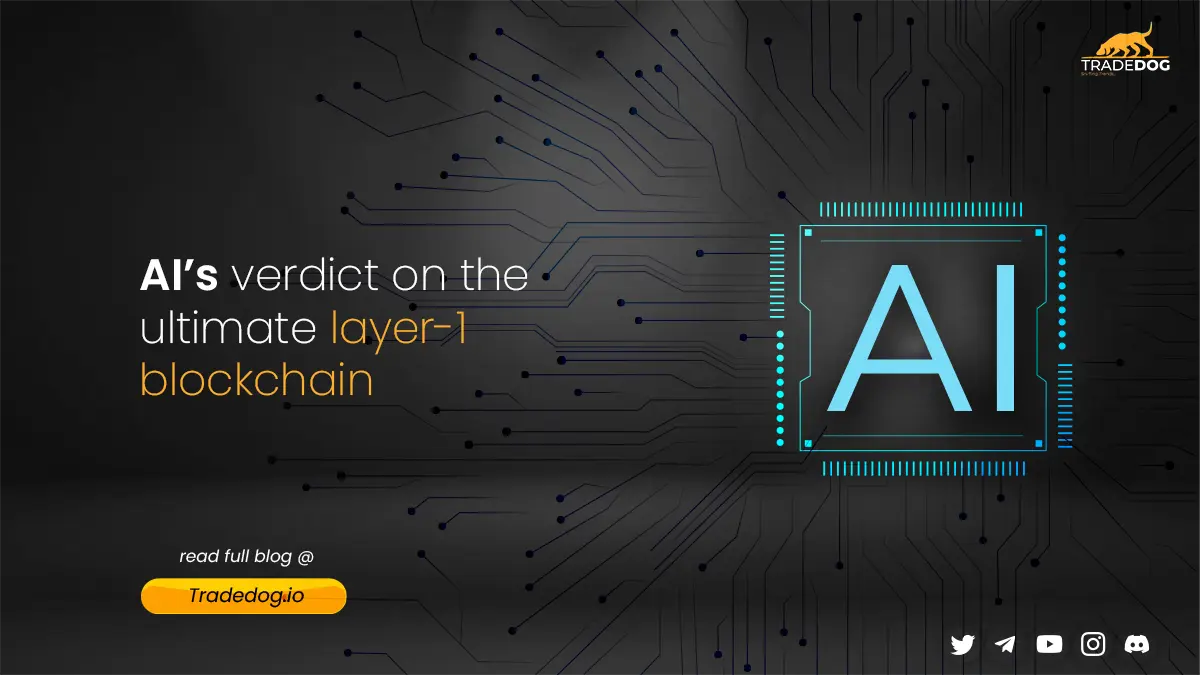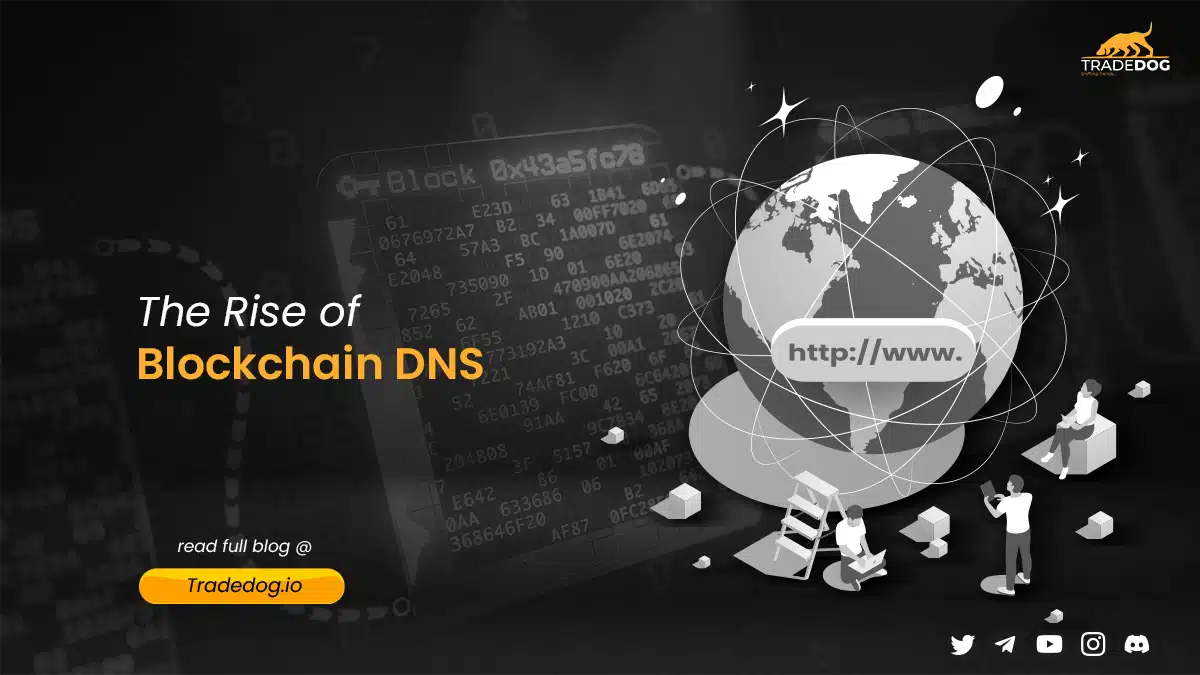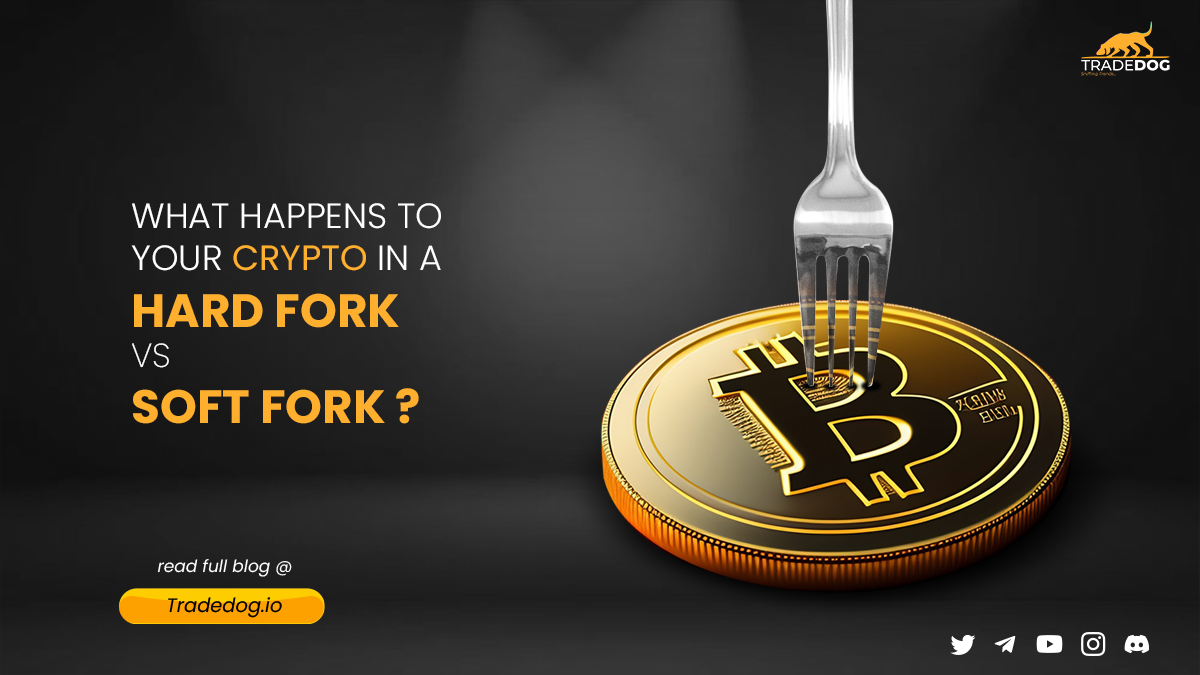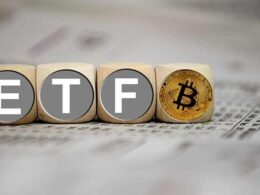Quick Links
Technology is a domain that transform frequently according to the requirement of the users. The scalability problem with Layer 1 blockchain protocol questions the future use of the technology. The ‘scalability trilemma’ was the term first coined by Vitalik Buterin, founder of Ethereum. Vitalik believed that at a fundamental level, blockchain can only achieve 2 out of 3 traits like decentralization, scalability, and security.
In order to solve this issue there are different protocol layers and tech built on top of some blockchain protocols. Thus, the need for improvement in blockchain networks offered the ideal foundation for the development of the Layer 2 protocol.
What is Layer 2 Blockchain?
Layer 2 is a secondary protocol built on top of the existing blockchain network. By distributing some of the data to various processing channels, they lighten the load on the main chain. To complete the process, it then reports the data that has been processed back to the central blockchain protocol. The underlying blockchain is hence more scalable and less congested, resulting in speedier computation and delivery.
For example, Bitcoin and Ethereum are still unable to process thousands of transactions per second (TPS), which questions their long-term growth. Before using and adopting these networks on a wider scale, there is a need to increase their throughput rate.
Types of Layer 2 Scaling Solutions
Layer 2 scaling solutions must inherit the main chain’s underlying security. Layer 2 distinguishes itself by inheriting its security directly from the main chain, whereas sidechains may use other networks or validators to secure the chain. Zero-knowledge rollups and optimistic rollups are the primary layer 2 solutions.
Zero-Knowledge Rollups
ZK-Rollups are data bundles that are collateralized by a smart contract on the main chain before being transported off-chain for processing and computing. They can process 2,000 TPS and can produce a block in less than a minute. Zero-knowledge means that all verifiers know that they have the same information without it being revealed.
Optimistic Rollups
Optimistic rollups run on Ethereum’s base layer, allowing for the execution of a large number of smart contracts without overburdening the network. They continue to enjoy the same levels of security as the Ethereum main chain. Merkle roots will be computed by data aggregators in order to increase transaction speeds. They do, however, provide less throughput than Plasma and ZK Rollups.
Plasma
The Ethereum Plasma layer 2 solution employs child or secondary blockchains to aid the main chain in verification. Plasma chains are similar to Polkadot smart contracts or parachains. They are, however, structured differently in a hierarchy in order to take transactions from the main chain in order to free up work and improve scalability.
Existing Layer 2 Solutions
There are numerous existing layer 2 platforms developed, which allow main chain protocol to remain unaffected. This means while doing minor transactions users don’t have to waste time on miner verification or pay high transaction costs. There are 2 major examples of layer 2 solutions, Bitcoin Lightening Network and the Ethereum Plasma.
Bitcoin Lightning Network
It is a network that sits on the top of the Bitcoin blockchain to facilitate fast P2P transactions. It is an off-chain network solution which means that it allows individuals to transact without having to record every transaction on the blockchain.
The lightning network is separate from the Bitcoin Network, having its own nodes and software, but in spite of that communicates with the main chain. In order to enter or exit the lightning network, one needs to create a special transaction on the blockchain.
Ethereum Plasma
Proposed by Ethereum co-founder Vitalik Buterin, it solves the scaling problem of the Ethereum blockchain. The main idea behind this was to establish a framework of secondary chains that will communicate and interact with the main chain.
It is designed in such a way that numerous small blockchains can be built on top of the main one using a smart contract. These chains coexist and operate independently. Thus, if Plasma gets successfully developed and implemented into the Ethereum network, the main chain will get less congested resulting in an increase in the throughput rate.
Advantages of Layer 2 Protocol
Better Security
Layer 2 protocol gives assurance ofto improved security. Layer 1 protocol achieves scalability by adding blocks in the chain network, for which they have to rework their base layer protocol. Whereas, layer 2 protocol help in avoiding problems emerging from changes in blockchain architecture. They are compliant with the primary blockchain layer, thus avoiding any changes in the base layer.
Improved Scalability
Layer 2 protocol is designed in such a way that it ensures a higher throughput rate, thus driving opportunities for scalability.
Lower Transaction Fees
In Layer 2 protocol, the processing resource that is required for validating transactions is reduced. Thus, reducing transaction fees on the blockchain network.
Conclusion
The various value advantages of layer 2 blockchain protocols and how they function demonstrate how important layer 2 is right now. Layer 2 solutions are an innovative approach for resolving any concerns regarding the scalability of existing blockchain networks. Every day that goes by, the use of blockchain technology increases significantly and a wide range of new services are introduced.
The future of blockchain technology would therefore have a significant role infor layer 2 solutions and protocols. It Layer 2 has the potential to open up new blockchain networks with clear benefits and use for users.





